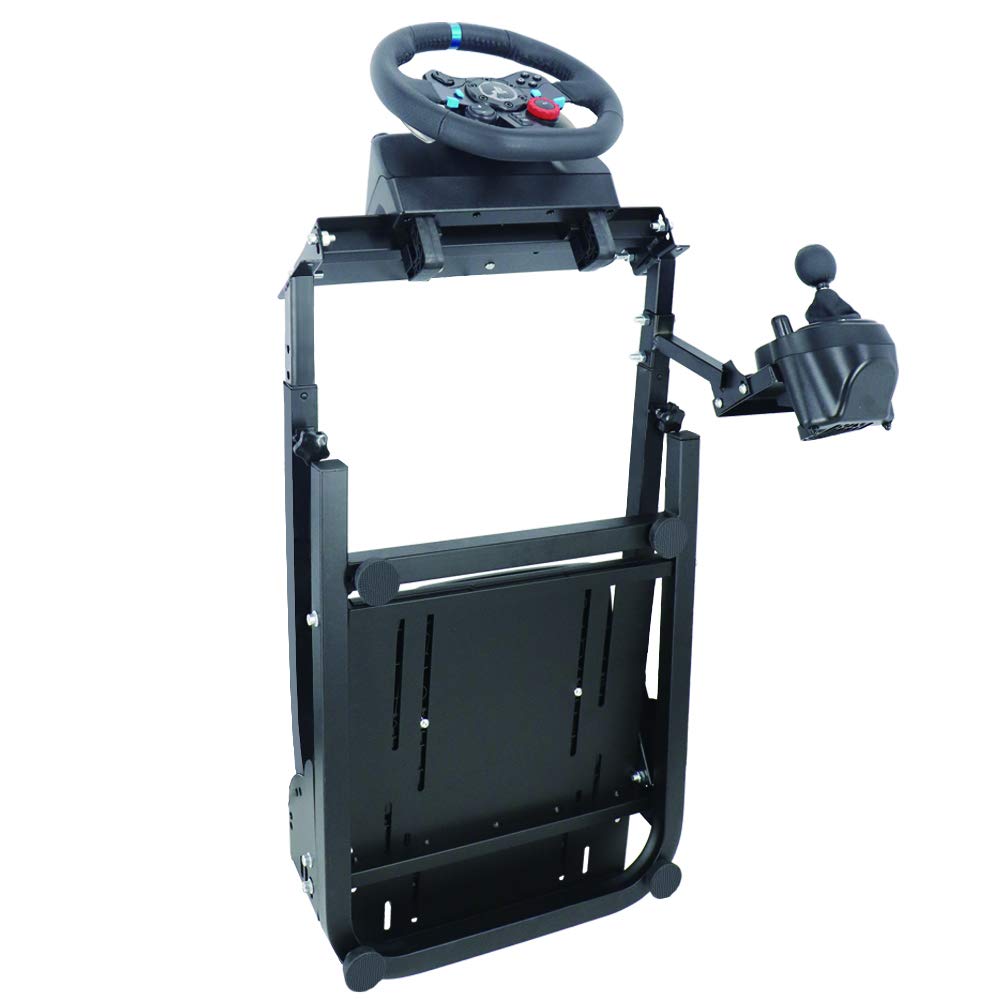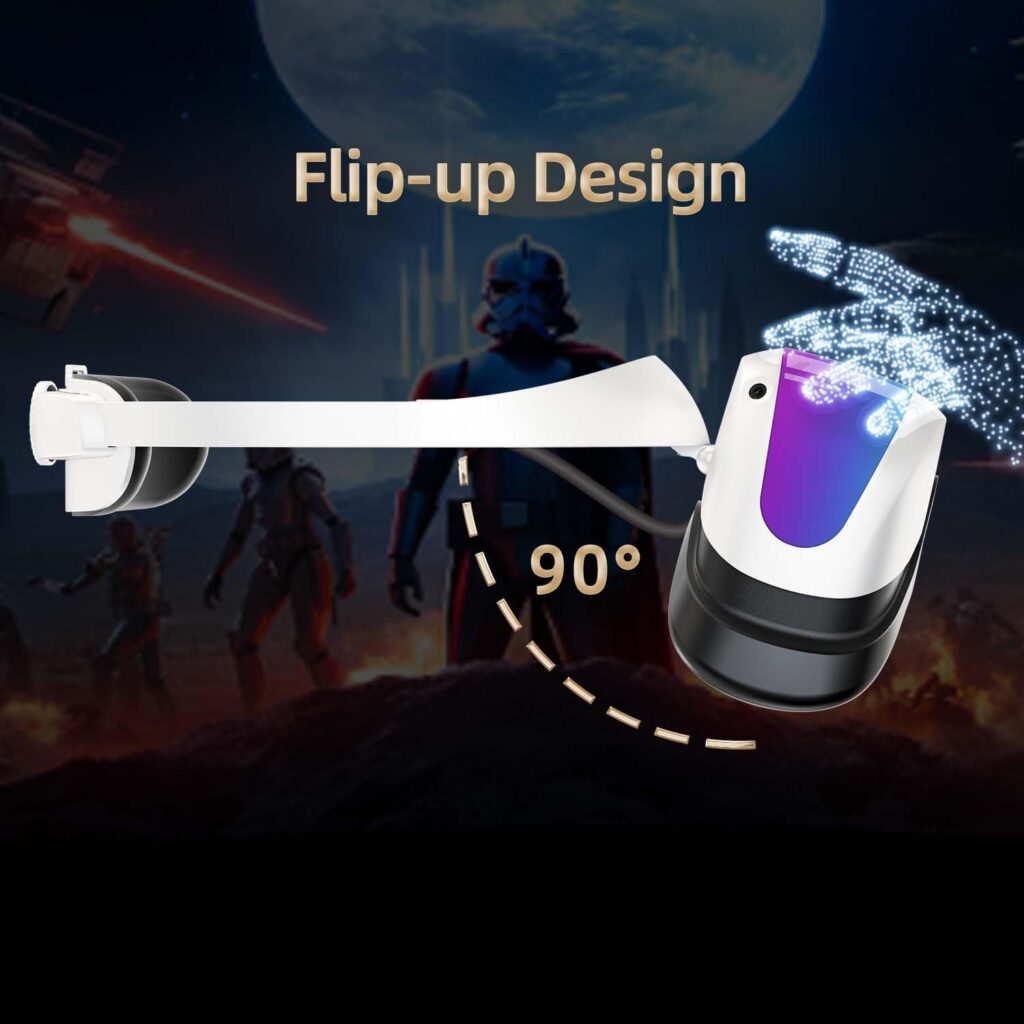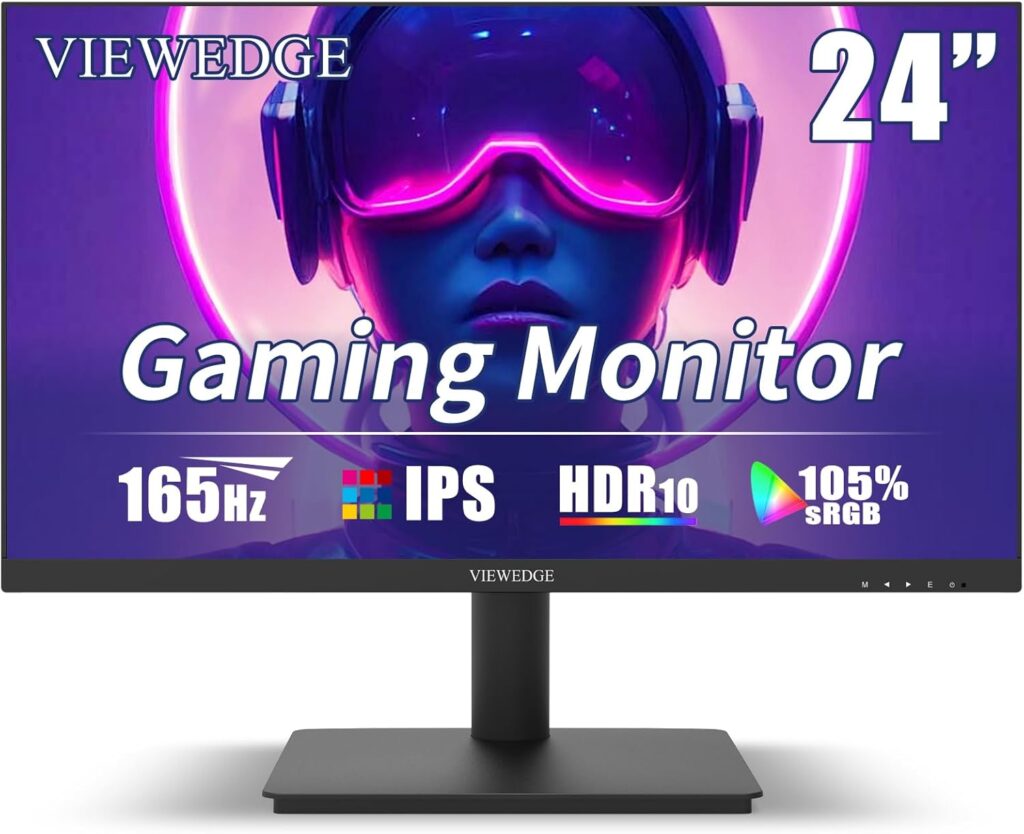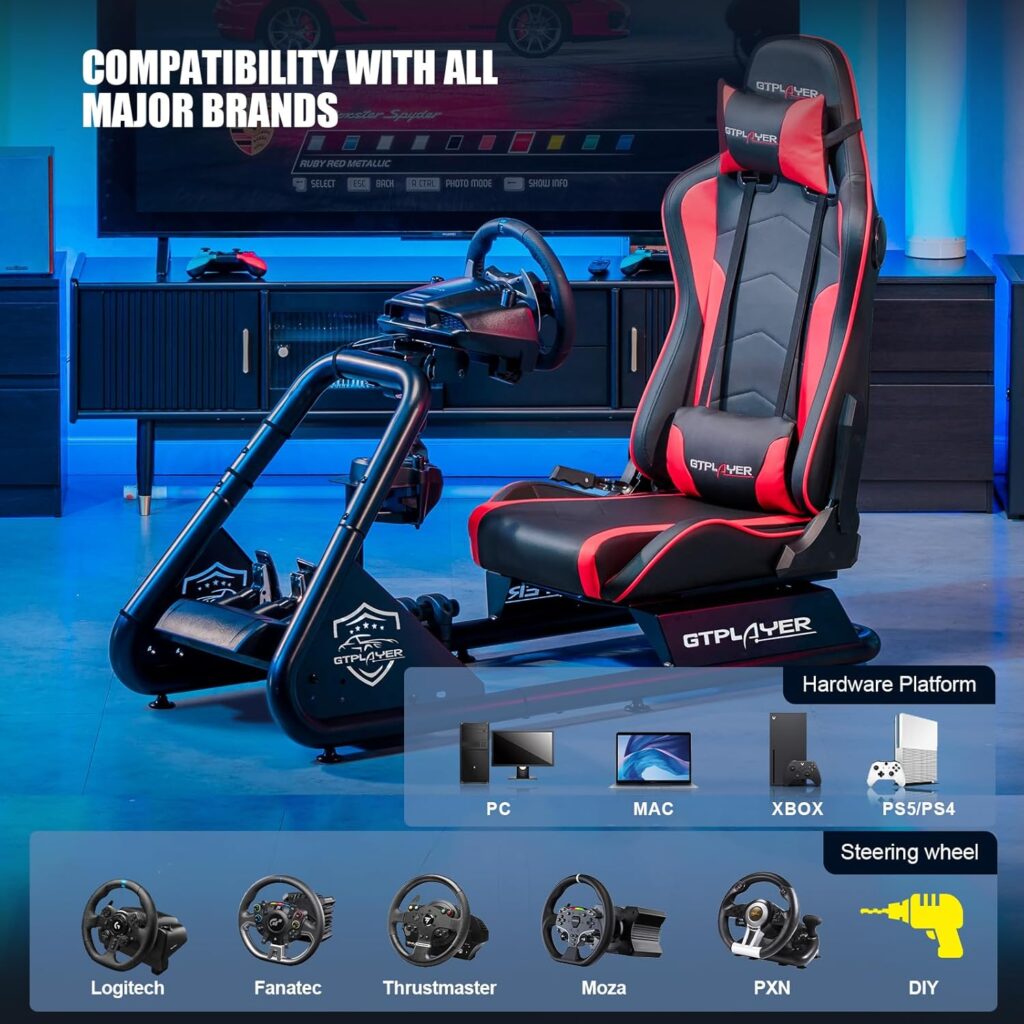Did you know that force feedback technology is used in almost every professional sim racing setup? It's an essential component that adds an extra layer of realism and immersion to the gaming experience.
But what exactly is force feedback and how does it work? In this discussion, we will explore the ins and outs of force feedback in sim racing, understanding its importance and how it enhances your overall racing experience.
So, get ready to feel the thrill of the race as we dive into the world of force feedback technology.
Key Takeaways
- Force Feedback is a simulation technique that adds realism to racing games by allowing players to feel the road and car movements through the steering wheel.
- It enhances the overall racing experience and helps with precise adjustments by providing resistance and vibrations that mimic real-life driving forces.
- Force feedback provides valuable information about the car's performance and allows sim racers to make more precise and intuitive steering inputs.
- It contributes to improved lap times and racing skills by assisting in maintaining consistent and smooth inputs, detecting and correcting overdriving or sliding, and enhancing racecraft and strategic decision-making.
What Is Force Feedback?
Force Feedback is a revolutionary simulation technique that brings the thrill of real-life racing to your fingertips. It's a feature found in racing wheels that allows you to feel the road and the car's movements as you race. When you turn the steering wheel, Force Feedback technology provides resistance and vibrations that mimic what you'd experience in a real car. This realistic feedback enhances your overall racing experience and helps you make precise adjustments while driving.
With Force Feedback, you can feel the texture of the road surface, the weight of the car, and even the subtle vibrations as you accelerate, brake, and navigate through corners. It adds an extra layer of realism to sim racing, making you feel more connected to the virtual world. The technology also provides valuable information about the car's performance, allowing you to make fine-tuned adjustments to your driving style.
To enhance your experience further, many racing wheels offer customizable feedback settings. You can adjust the strength of the force effects, the level of vibration, and even fine-tune specific aspects like tire grip and suspension stiffness. This flexibility allows you to personalize the feedback to match your preferences and create a more immersive and enjoyable racing experience.
How Does Force Feedback Work?
As you delve into the mechanics behind the immersive experience of Force Feedback, you may be curious about how this technology actually works. Well, let's take a closer look at the inner workings of Force Feedback in sim racing.
At the heart of the Force Feedback experience are the electric motors integrated into the racing wheel. These motors generate resistance and vibrations that correspond to in-game events, creating a realistic driving sensation. Think of them as the engines that power your virtual car.
To give you a better understanding, here's a table that breaks down the main components and features of Force Feedback:
| Component | Description |
|---|---|
| Electric Motors | Generate resistance and vibrations that simulate real-life driving forces |
| Adjustments | Fine-tune settings such as gain, dead zone, and linearity to customize the experience |
| Filtering | Reduces unwanted vibration and noise for a smoother feel |
| Clipping | Occurs when the maximum force the motor can produce is exceeded, affecting feedback |
| Future Developments | Leo Bodnar's proposed feedback loop could lead to even more realistic force feedback advancements |
Importance of Force Feedback in Sim Racing
Importance of Force Feedback technology can't be overstated in the world of sim racing. It's a vital component that enhances the virtual racing experience by providing realistic and accurate feedback to the driver. Here are three reasons why Force Feedback is essential in sim racing:
- Immersive Simulation Experience:
Force Feedback allows you to feel the road and car behavior through the steering wheel, providing a more immersive simulation experience. You can sense the subtle vibrations, bumps, and tire grip, allowing for better control and a deeper connection with the virtual race.
- Enhanced Precision and Performance:
Force Feedback aids in precision and accuracy by providing tactile cues. You can feel the weight transfer, traction loss, and other subtle changes in the car's dynamics, allowing you to make more informed decisions on the track. This leads to improved racing performance and a competitive edge.
- Optimized Hardware and Software Integration:
Investing in Force Feedback technology ensures that your steering wheel and simulation software work in harmony. It improves the compatibility, responsiveness, and reliability of the hardware and software, resulting in a smoother and more enjoyable racing experience.
Factors to Consider When Choosing a Force Feedback Racing Wheel
When selecting a force feedback racing wheel, there are several factors to consider that can greatly enhance your sim racing experience.
One important factor is the type of motor used in the wheel. Direct Drive motors offer the most realistic and detailed force feedback, making you feel every bump and turn on the virtual track. However, belt-driven and gear-driven motors are also popular options that can provide a satisfying force feedback experience.
Another factor to consider is the rotation range of the wheel. A wider rotation range allows for a more authentic driving experience, especially for open-wheel racing. It enables you to make precise and smooth steering inputs, helping you improve your lap times and overall performance.
The build quality and materials of the racing wheel also play a significant role in your gaming experience. High-quality materials like metal and leather not only enhance the durability of the wheel but also provide a more premium and realistic feel. This can greatly immerse you in the virtual world, making your sim racing experience more enjoyable.
Customizability is another important factor to consider. Look for a wheel that offers customizable force feedback settings. This allows you to fine-tune the force feedback parameters according to your personal preferences and driving conditions. Being able to adjust the strength and sensitivity of the force feedback can help you create a more realistic experience that suits your style of racing.
Lastly, ensure that the force feedback wheel is compatible with your gaming platform. Whether you play on PC, PlayStation, Xbox, or other platforms, make sure the wheel is specifically designed to work seamlessly with your setup. Compatibility issues can hinder your overall gaming experience, so it's crucial to double-check before making a purchase.
Consider these factors when choosing a force feedback racing wheel, and you'll be well on your way to a more immersive and realistic sim racing experience.
Enhancing the Sim Racing Experience With Force Feedback
To truly elevate your sim racing experience, there's one crucial element that can take you from simply playing a game to feeling like you're behind the wheel of a real race car: force feedback. This technology enhances your racing games by replicating the sensations you'd feel in a real-life race. Here's how force feedback can enhance your sim racing experience:
- Realistic Sensations: With force feedback, every bump, turn, and acceleration on the virtual track feels authentic. The wheel responds to the virtual terrain, providing you with a tactile experience that mimics what you'd feel in a real racing car.
- Increased Precision: Force feedback offers valuable information about your car's performance. By feeling the subtle vibrations and resistance through the wheel, you can make minor adjustments to your driving technique, optimizing your racing line and improving lap times.
- Immersive Realism: Force feedback brings the virtual track to life, blurring the line between the game and reality. As you navigate the virtual circuits, the wheel feels alive in your hands, creating a more immersive and engaging experience.
Investing in a racing wheel with force feedback is a game-changer for sim racers. It adds a new level of realism, making you feel like you're truly in the driver's seat of a race car. So, if you want to take your sim racing to the next level, don't underestimate the power of force feedback.




